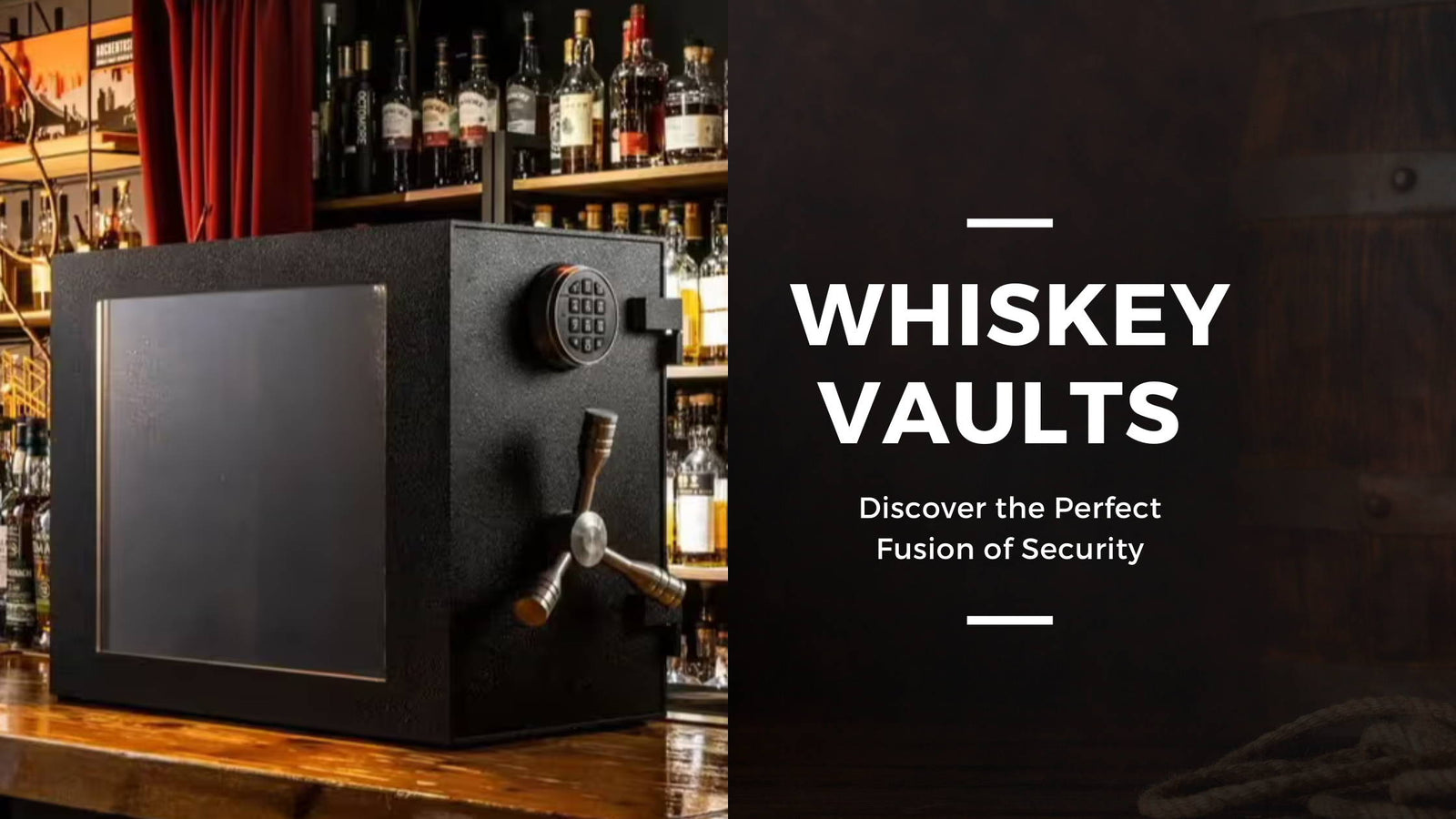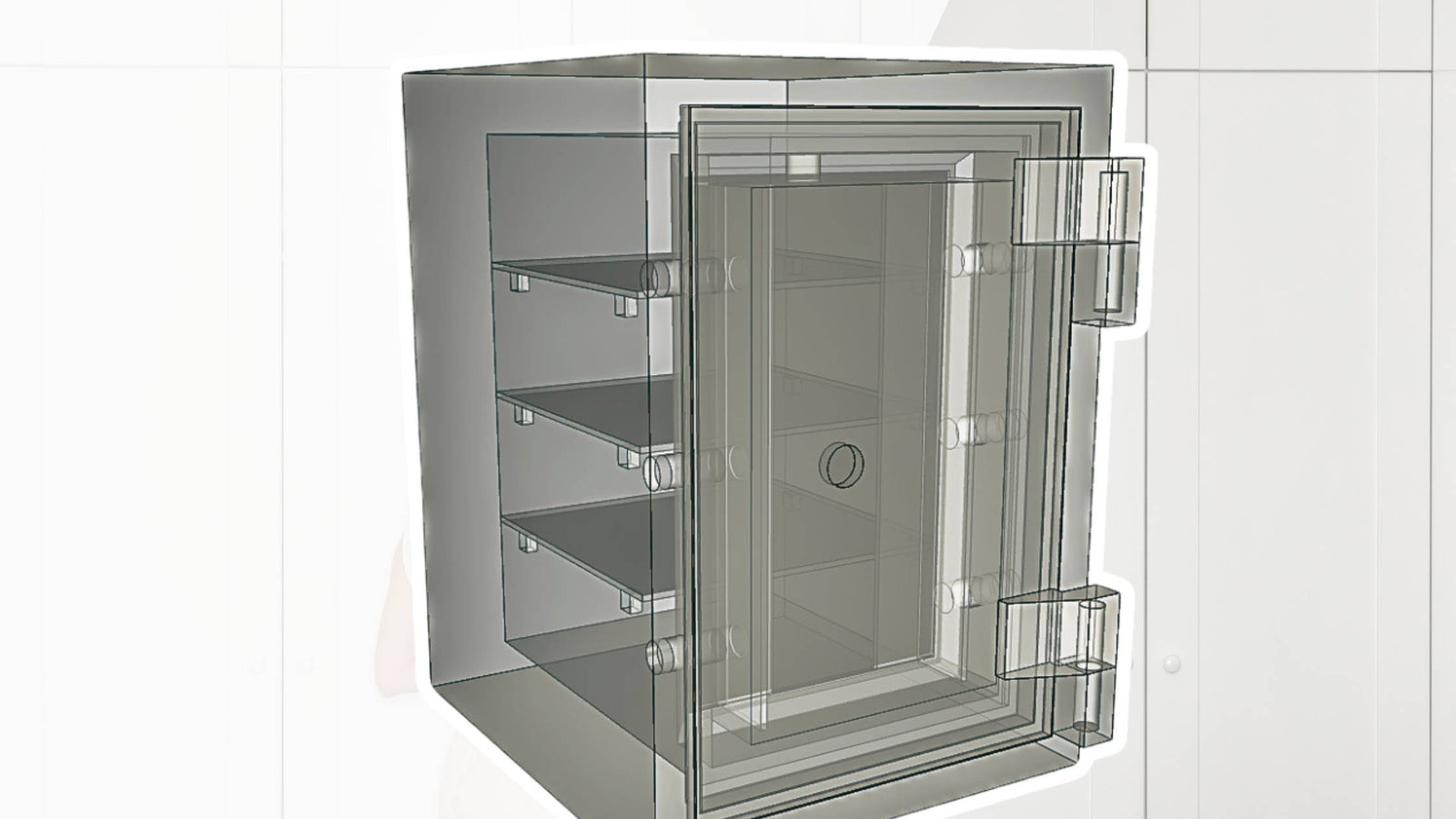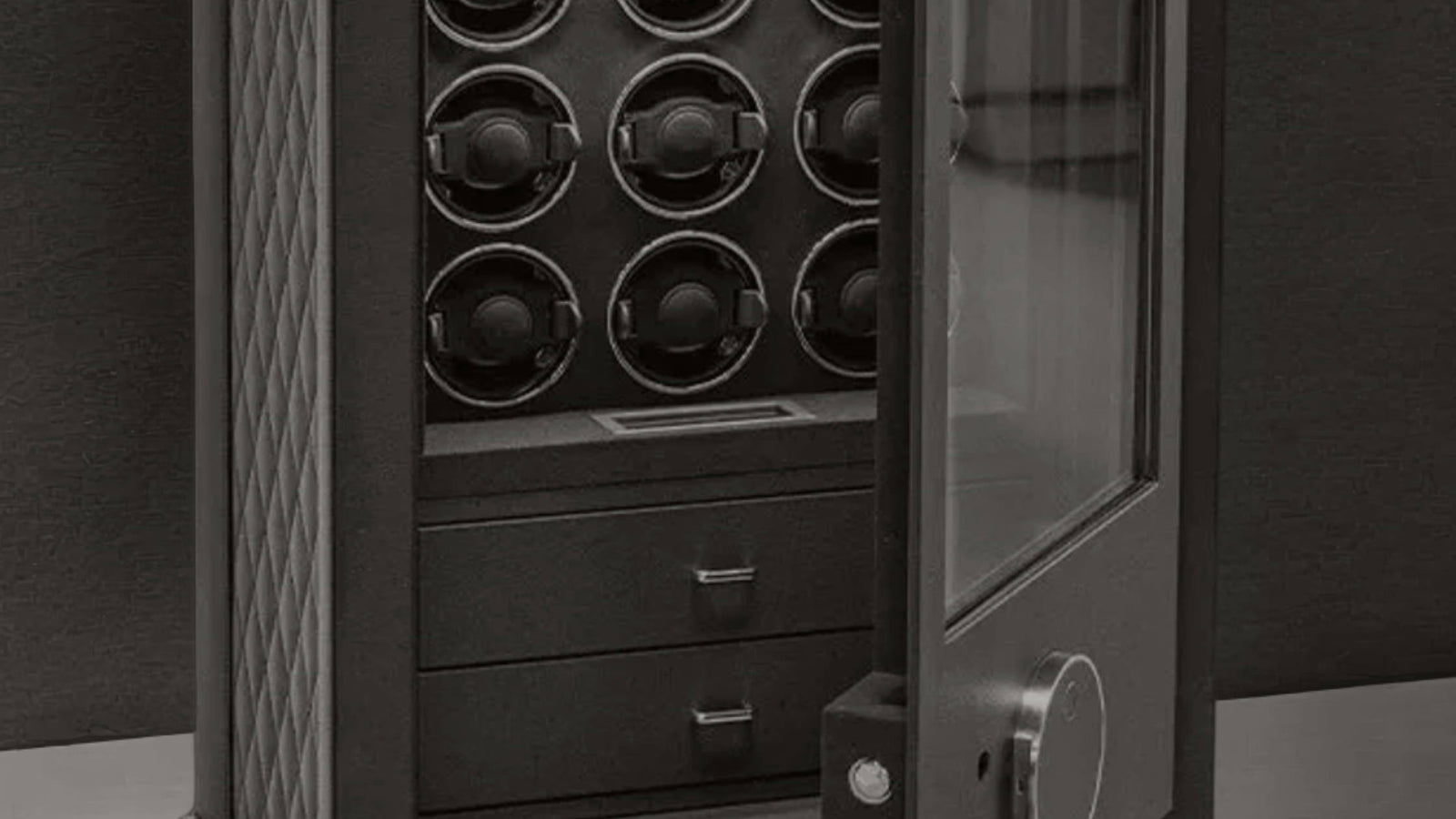How to break open a safe is usually a question only thieves and locksmiths think about. Anyone looking at purchasing a safe should be thinking about this question too. No, you won't be breaking into a safe, but you want to keep the burglars from breaking into yours. With just a little knowledge, you can protect yourself and your belongings from even the most sophisticated burglar.
Here are some things to keep in mind when purchasing a safe:
Breaking into a safe like in the movies.
Safe burglaries are often depicted in the movies as a simple process that takes seconds and ding the safe is open. This isn't very accurate and not very believable. Holding a stethoscope to the door and spinning the combination lock to listen for the clicking sound might work in the movies, but modern safes are designed with this old technique in mind to prevent people from trying this.
Safecracking isn't really that easy and most methods of breaking into a safe require years of experience and training to master.
Removing the safe from your home.
Often time's burglars try to remove the safe to a secure location where they can take their time to force it open. This is easily prevented by bolting your safe to the floor or ground with anchor bolts. Most safe manufacturers have factory-installed anchor bolt holes (1-4 depending on the safe) for this purpose.
Types of combination locks.
Combination locks are still the number one method of securing a safe even though they have been around a long time. There are several classifications for safe combination locks, Group II, Group I and Group IR. A Group II combination lock is the most common type found on most safes today. They offer a three-number combination. Group I locks provide a greater degree of protection of up to 4 numbers. These locks are sturdier and have more wheels in the locking mechanism. This greatly reduces the probability of even a skilled professional cracking the safe. A Group IR lock has plastic tumblers and defeats the use of portable x-ray devices to manipulate the combination.
Don't store your combination next to the safe.
The easiest method for a thief to open a safe is to know or guess the combination. When changing your combination, avoid using numbers like your date of birth, social security number or driver's license number. They might be easy to remember but they are also easy for criminals to obtain. Another important step is to make sure you don't store the combination near the safe or keep it in your home. It is recommended that you memorize the number and write it down on a piece of paper to give to a trusted friend or relative. If you have a safe deposit box, then store it there. This way it won't be stored out in the open to give thieves easy access.
Drilling your safe.
When the combination doesn't work, then the burglar has to resort to destroying the safe. They might try to drill the safe or the face of the lock to gain access with a borescope. This allows the burglar to watch the wheels of the lock spin while spinning the dial to get the safe open. Hardened steel plates make it harder for anyone to drill it open but if the burglar has special titanium drill bits they could eventually get through. The hardened steel plate slows them down and time is not on the thief's side. Of course safe manufactures put an additional method in place to protect from drilling. Glass re-lockers are set up so that when the lock is being drilled, glass is broken by the drill bit. It triggers a set of auxiliary locking devices which lock out the safe completely. Even putting in the correct combination will not open the safe once the re-locker has been activated. 

Don't buy a safe with thin metal.
The safe door can be a weak spot on a safe if it is made of thin metal. This makes the burglar's job easier and all they need is a pry bar or crowbar to pry open the door. The thicker the door, the harder it will be to pry open. Look for a safe with a UL listing of (RSC) Residential Security Container or higher if you want better burglar resistance.
Watch how easy it is to pry open a cheap gun safe in less than 2 minutes.
Purchase a high security safe for high content value.
If you are storing anything of high value (over $50,000 in content value) in your safe, then you might want to look for a high security safe that has a TL-15 or TL-30 Underwriters Laboratories Inc. (UL) rating. If it has a UL TL-15 rating, it means that it was tested for resistance to an attack using common hand tools, drills, punches, hammers, and pressure applying devices for a net time of 15 minutes. The UL TL-30 rating has the same requirements except during the test a few more tools are used and it resisted the attack for a net time of 30 minutes. You can read more about what the different burglar ratings mean.
Torching devices or explosives.
Since all metals burn at certain temperatures, torching devices or explosives can be used to get inside a safe. Not only would this take a lot of time but there would be a lot of heat and smoke from burning metal to make it likely of it happening. Not only that, but the contents inside could be damaged or destroyed, defeating the purpose of breaking into the safe in the first place. The odds of the burglar blowing up your safe or someone dragging a plasma cutter into your home to cut a hole in your safe isn't very likely, although it has happened before.  The photo above shows an old fashioned safe that was burglarized using a blow torch. When you are searching for the right safe, you want to remember that all of them are NOT burglar proof but they can be burglar resistant.
The photo above shows an old fashioned safe that was burglarized using a blow torch. When you are searching for the right safe, you want to remember that all of them are NOT burglar proof but they can be burglar resistant.
Finding a safe that has
- A UL TL-15 or UL TL-30 rating.
- A steel hardened plate behind the door.
- Glass re-lockers.
- A thick steel door and body.
will keep most everyone out that shouldn't be in there. Bolting the safe to the floor or ground is absolutely recommended to help keep it in your home. Not storing your safe combination near the safe or in your home will help keep your safe safe. When selecting a burglar safe, remember that if it doesn't have a fire rating, it will not protect anything inside from a fire and the contents will be destroyed. It is better to purchase a Burglar Fire Safe if you want the advantage of both ratings.
The AMSEC CE1814 High Security Burglar Fire Safe has all these options and more along with a 2-hour fire rating, a UL TL-15 burglar rating and is one of the best safes manufactured today. These extra options may cost a bit more, but the added peace of mind is worth the extra money. Please call one of our safe experts today at 800-207-2259. We can discuss your requirements and get you the right safe for your needs.




